One Month Resignation Letter Template Guide
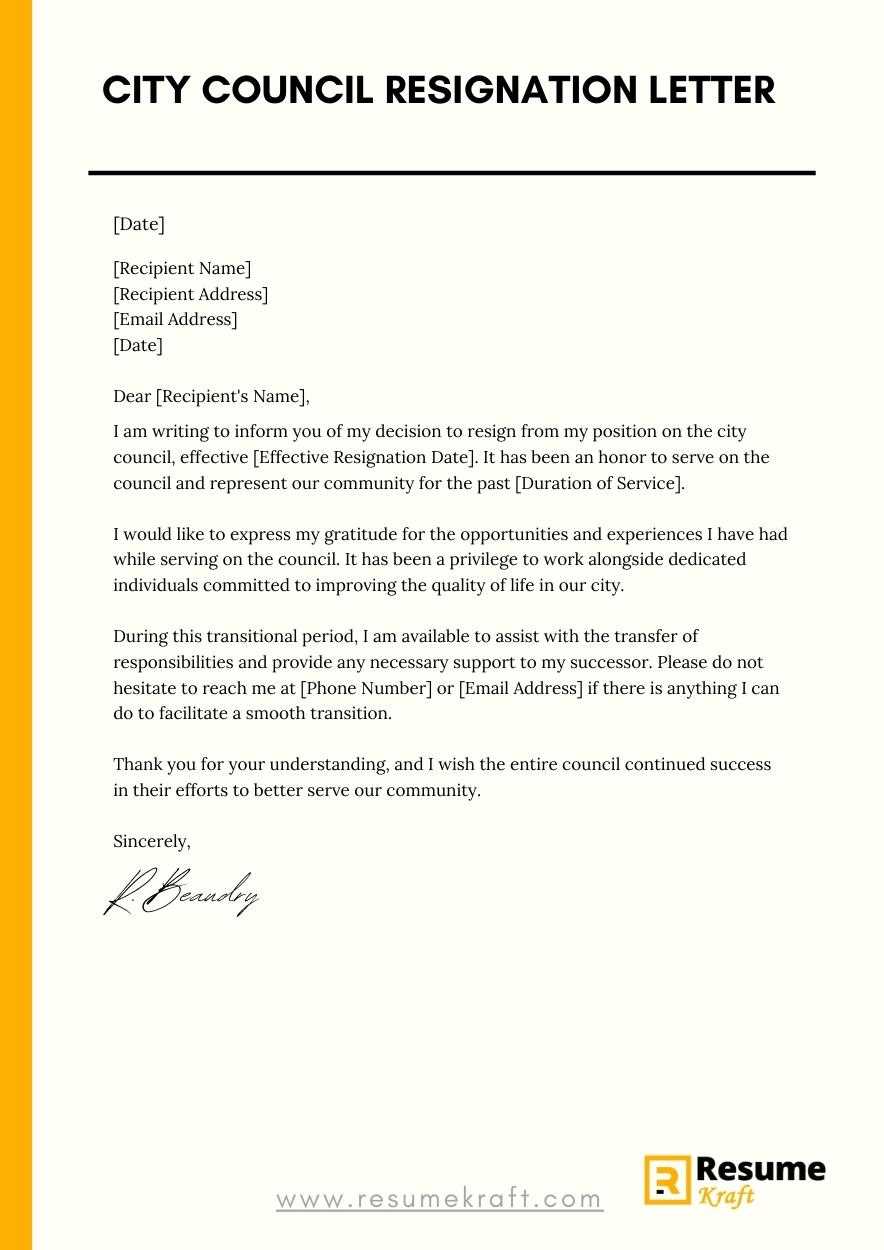
When transitioning from your current position, it is crucial to communicate professionally with your employer. A well-crafted departure notice can help maintain positive relationships and ensure a smooth transition. This type of document serves as a formal acknowledgment of your decision to leave, providing both clarity and respect for your organization.
Understanding the components of such a notice and how to structure it appropriately is essential for expressing your intentions clearly. Whether it’s for personal reasons or a career advancement opportunity, the way you phrase this message reflects your professionalism and can leave a lasting impression on your employer.
Crafting a professional exit notice involves more than just notifying your supervisor; it’s an opportunity to express gratitude and outline your final days. By following a simple format, you can ensure that your message is polite, clear, and appropriate for any workplace setting. Taking the time to get it right can make a big difference in how your departure is perceived.
Why Use a Notice of Departure
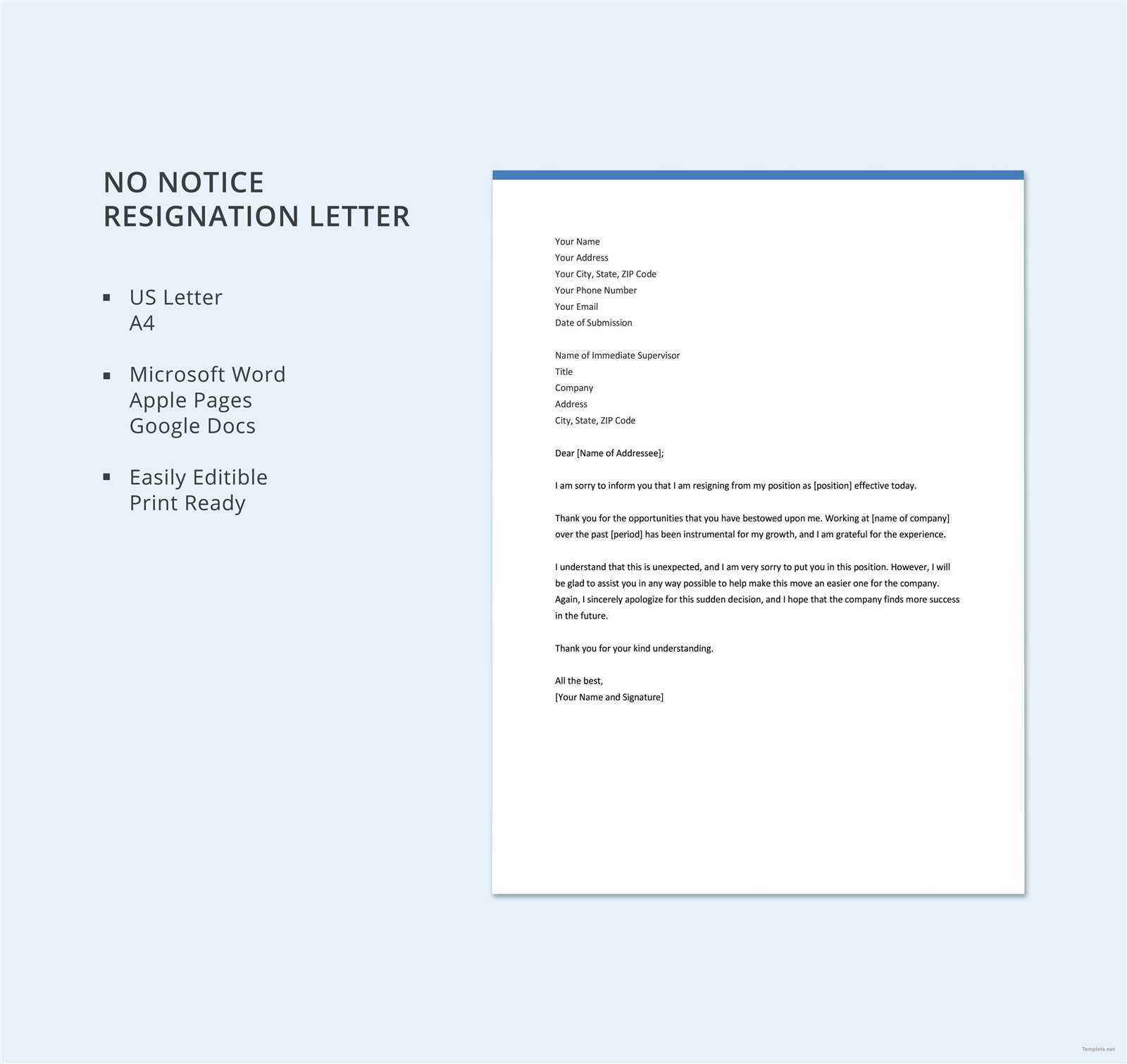
Notifying your employer about your intention to leave is an important part of transitioning out of a job. Providing advance notice helps both you and your employer plan accordingly, allowing for a smooth handover of responsibilities. A professional approach can preserve your reputation and maintain a good relationship with the organization.
Benefits of Providing Proper Notification
Giving adequate notice before leaving your role is considered good practice and can be beneficial for several reasons. It shows respect for the employer’s time and the company’s needs while offering a period to transition and train a replacement. It also minimizes any potential negative impacts on the workflow and helps maintain a positive reference for the future.
| Benefits | Impact |
|---|---|
| Professionalism | Helps to maintain a positive image and leave on good terms |
| Clarity | Allows the employer to plan for your absence |
| Respect | Shows consideration for the organization and coworkers |
| Opportunity | Provides time for the employer to find a replacement or adjust the team |
How It Benefits Your Career
By providing a thoughtful and professional departure notice, you leave a lasting positive impression. This gesture can ensure that your former employer views you as a responsible and respectful individual. Furthermore, the employer may provide a recommendation or serve as a reference for your future career opportunities.
Key Components of a Departure Notice
When informing your employer about your decision to leave, it’s essential to include specific elements to ensure clarity and professionalism. A well-structured notice should contain key information that makes your intentions clear, while also being respectful and courteous.
Essential Elements to Include
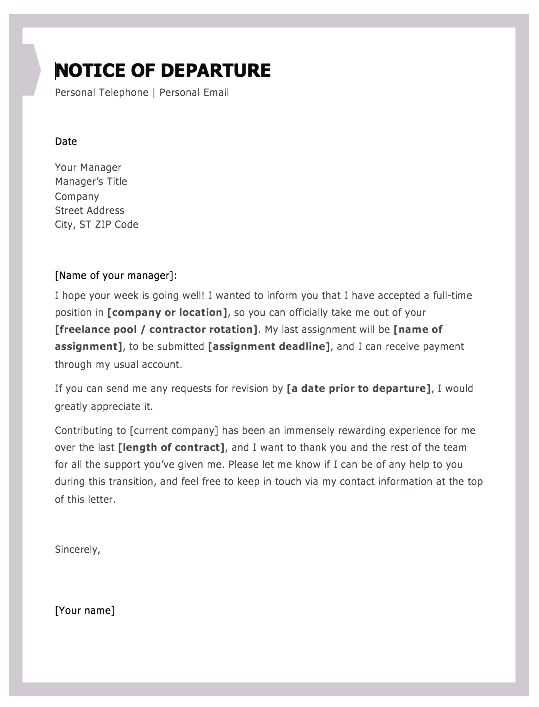
At the core of any formal exit communication are the following components: the date of notification, your intended last working day, and a brief explanation of your decision. Including a polite tone and expressing gratitude for the opportunity to work with the company adds to the professionalism of the message.
| Component | Description |
|---|---|
| Notice Date | Indicates when you are informing the employer about your departure |
| Final Day | Clearly states the last day you will be available to work |
| Reason for Leaving | A brief and professional explanation for your decision (optional) |
| Gratitude | Express appreciation for the opportunities and experiences gained |
Politeness and Professional Tone
While the content of the notice is important, the tone plays a vital role in conveying professionalism. A respectful, positive attitude can leave a good impression and foster goodwill with the employer, even after your departure.
How to Structure Your Departure Notice
When preparing to notify your employer about leaving, the structure of the communication is crucial to ensure clarity and professionalism. A well-organized message helps convey your intentions effectively and maintains a respectful tone throughout the process.
The structure should follow a logical flow, starting with a clear statement of your decision to leave. It’s important to include your intended final working day, allowing sufficient time for the company to make necessary adjustments. Additionally, expressing appreciation for the opportunity and offering assistance during the transition can further strengthen your message.
Follow this simple structure:
- Introduction: Clearly state your intention to leave and the date of your notice.
- Effective Date: Specify your last working day, considering company policies or contractual obligations.
- Reason for Leaving: Optionally, include a brief explanation for your decision (ensure it remains professional).
- Gratitude: Thank your employer for the opportunity and support provided during your time with the company.
- Offer to Assist: If possible, offer help during the transition process, such as training a replacement.
Common Pitfalls to Avoid When Leaving
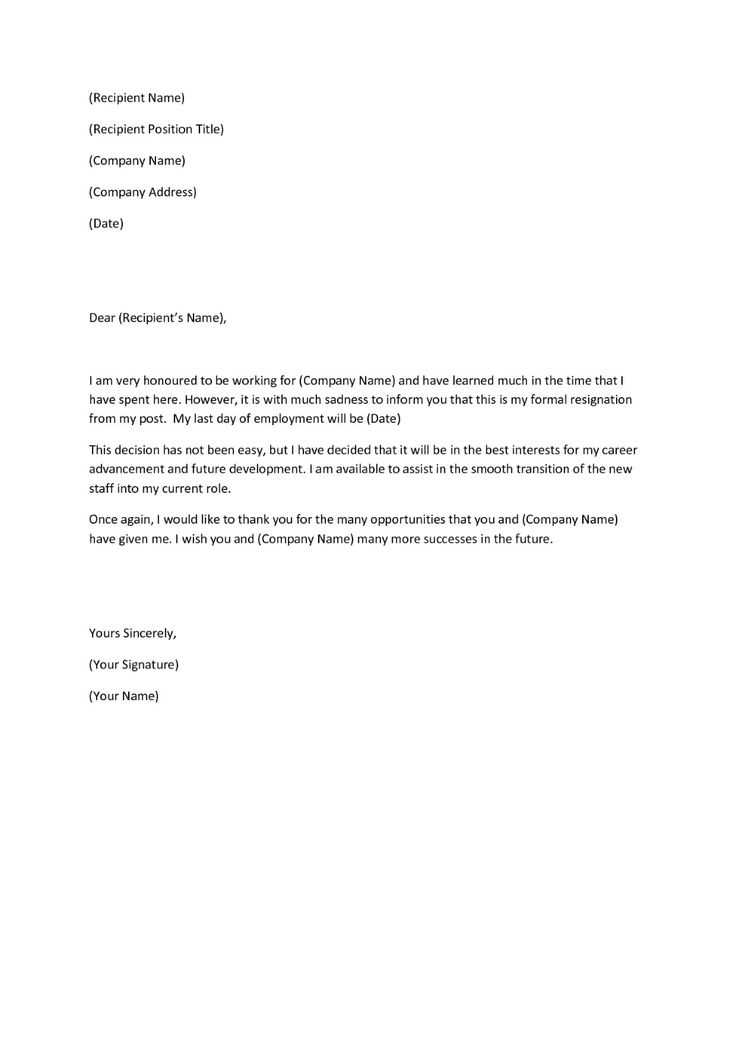
Leaving your job can be an emotional and stressful time, and there are several missteps that can negatively impact your professional reputation. Avoiding these pitfalls ensures that you part on good terms and maintain your professional integrity throughout the process.
- Leaving Without Proper Notice: Not providing sufficient time for the company to prepare for your departure can cause unnecessary disruption. Always ensure you give an adequate notice period.
- Burning Bridges: Regardless of the reasons for leaving, it’s important to maintain a respectful and polite tone in your communication. Leaving on a negative note can harm your future career prospects.
- Skipping the Handover Process: Failing to properly transition your responsibilities can create chaos for your colleagues and supervisors. Offering assistance in training a replacement or documenting key tasks is critical.
- Being Overly Detailed About Your Reasons: While you may have personal reasons for leaving, it’s best to keep the explanation brief and professional. Avoid going into unnecessary detail or airing grievances.
- Failing to Express Gratitude: Neglecting to thank your employer for the opportunity and experiences gained can leave a bad impression. A polite note of appreciation goes a long way in maintaining a positive relationship.
Sample of a Departure Notice
Below is an example of a formal communication informing your employer about your decision to leave. This sample provides a structure you can follow while customizing it according to your situation. It reflects a professional tone and ensures clarity in communicating your intent.
Sample Format
Dear [Manager’s Name],
I am writing to formally notify you of my decision to leave [Company Name]. My final working day will be [Date], allowing for a notice period of [X weeks]. I want to express my appreciation for the opportunity to work with such a talented team and for the valuable experiences I have gained during my time here.
If there is anything I can do to assist with the transition, including training my replacement or helping with ongoing projects, I would be happy to offer my support during this time. Please let me know how I can be of assistance.
Thank you again for the opportunity to contribute to [Company Name], and I wish the company continued success in the future.
Sincerely,
[Your Name]
Key Points to Note
- Clear statement of departure and final working day
- Expression of gratitude and professionalism
- Offering assistance during the transition process
What Steps to Take After Submission
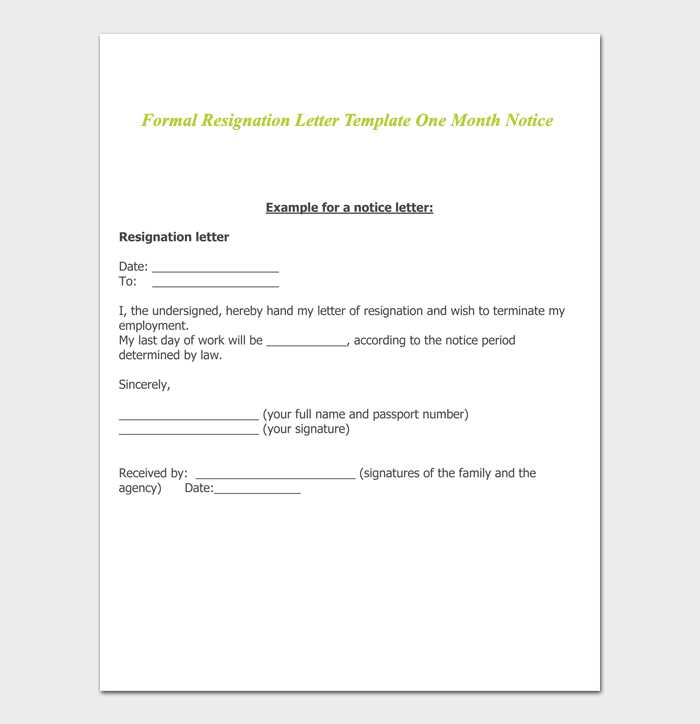
Once you’ve submitted your formal notification, there are several important actions to take to ensure a smooth departure. These steps help you maintain a professional relationship with your employer and ensure that you leave on good terms.
- Prepare for a Transition: Start organizing your responsibilities and begin the process of handing over your tasks. Create a detailed plan to help your replacement or colleagues take over seamlessly.
- Offer Assistance: Be proactive in offering your support to assist with the transition. Whether it’s training your successor or providing documentation for ongoing projects, this shows professionalism.
- Clear Communication: Stay in touch with your manager and team to ensure there are no misunderstandings about your final days. Be transparent about your availability during the notice period and your willingness to help during the transition.
- Complete Pending Tasks: Try to finish as much of your current workload as possible. This will not only help your colleagues but also demonstrate your commitment to leaving on a positive note.
- Leave On a Positive Note: Take the time to thank your coworkers and managers. Leaving a positive final impression can benefit you in the future, especially for reference checks or potential networking opportunities.